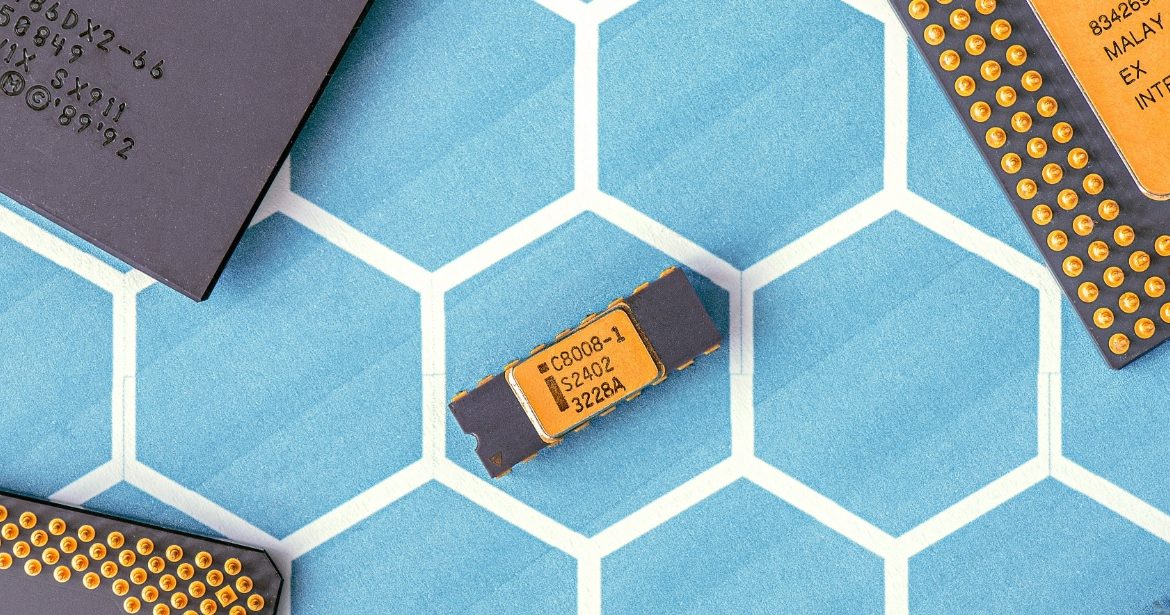
We all know about smart devices – Phones, tablets, watches, AI gadgets for the home… The list is getting longer. We are even starting to make our home smart, with the ability to turn on the heating or lights via an app before we get home.
The network called the “internet of things” is ever expanding, with billions of objects now having wireless sensors of their environments.
As a society we are moving more and more towards connecting all of our objects to the internet – even our furniture and office supplies. Thus, the technology that enables us to do this is scaling up.
A new fabrication method developed by researchers at Purdue University and the University of Virginia involves makes tiny, thin-film electronic circuits that are peelable from a surface – Basically, smart stickers.
Not only does the technique eliminate several manufacturing (and thus costs – win!) but it also allows any object that it is stuck to, to be controlled through an app and sense its environment. That is one high-tech sticker.
In a paper recently published in the Proceedings of the National Academy of Sciences, researchers start to demonstrate the wireless communiccation capabilities these stickers could provide on various objects.
Purdue assistant professor of biomedical and mechanical engineering Chi Hwan Lee tells how a sensor sticker could be customised to be stuck onto a drone and go into environments too dangerous for a person – His example was to detect a gas leak.
We mentioned earlier how the method used her cut down manufacturing processes. Lee’s new “transfer printing” method is a new fabrication technique that means that the damage that occurs from high temperatures and etching in standard manufacturing are avoided, meaning only one silicon wafer is used rather than one each time.
Today, most electronic circuits are built individually on a silicon “wafer,” a flat and rigid substrate. Although it can withstand the high temperatures and chemical etching that are used to remove the circuits from the wafer, it gets damaged which means that a new wafer is needed for each manufacturing process.
Using Lee’s method, only a single wafer is used to build a nearly infinite number of thin films holding electronic circuits. These can then be peeled off at room temperature with just water. Energy saving and lower cost!
A ductile metal layer, such as nickel, inserted between the electronic film and the silicon wafer, makes the peeling possible in water. Virtually any object can then be granted electronic features by the thin-film electronics being trimmed and pasted onto any surface.
For example, you could place one of the stickers on a standard flower pot, and then enable that flower pot to sense temperature changes that could affect the plant within’s growth. Pretty clever!
What kind of sticker would you use and on what object? I think I’d stick one to the kettle so that it could switch itself on before I even get up on the morning.
This technology holds a non-provisional U.S. patent. The work was supported by the Purdue Research Foundation, the Air Force Research Laboratory (AFRL-S-114-054-002), the National Science Foundation (NSF-CMMI-1728149) and the University of Virginia.
For more information head to https://www.sciencedaily.com/releases/2018/07/180716164508.htm
A YouTube video is available at https://youtu.be/8tNrPVi4OGg.
